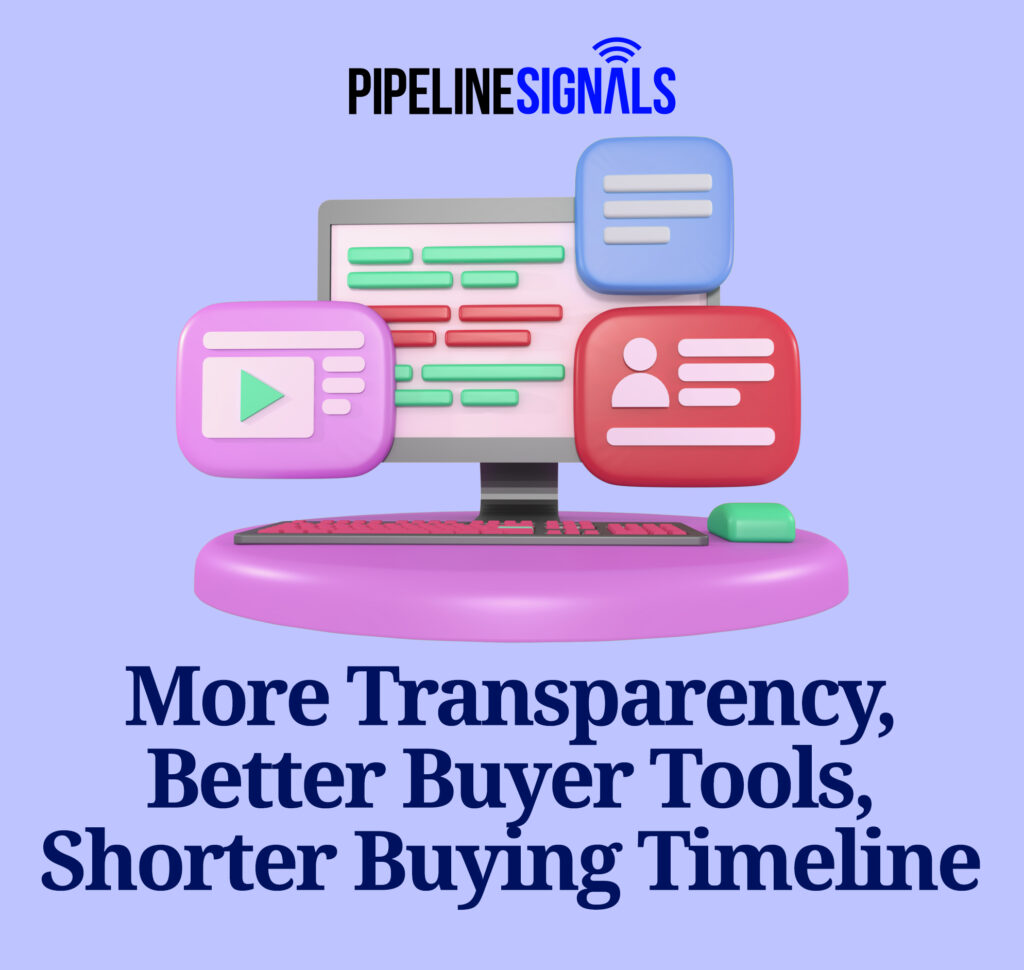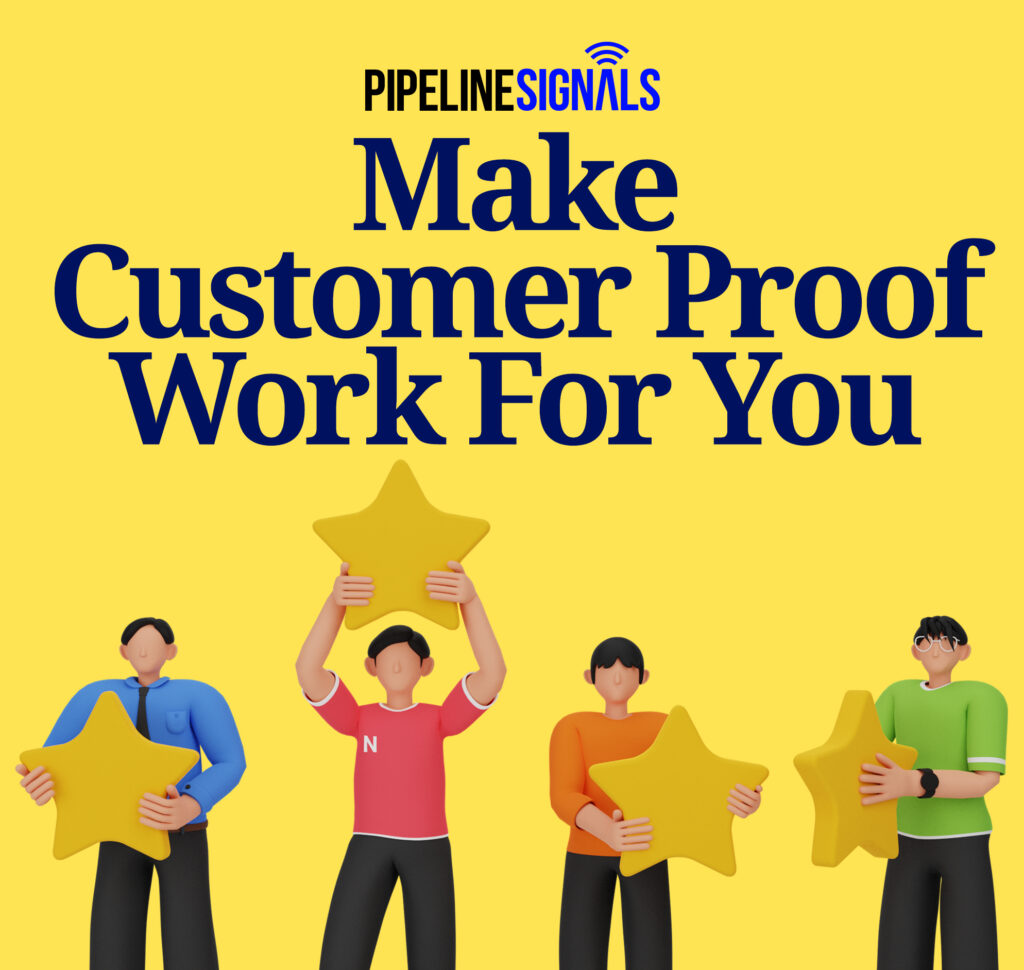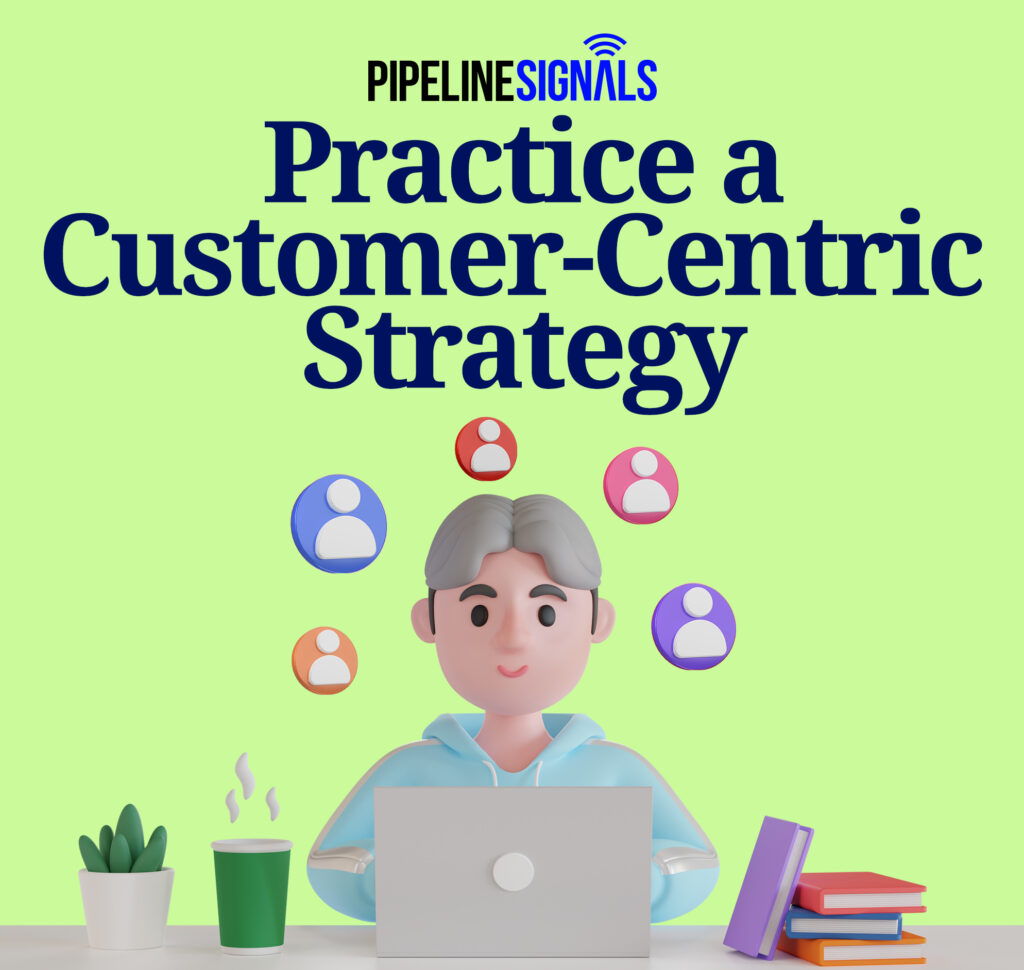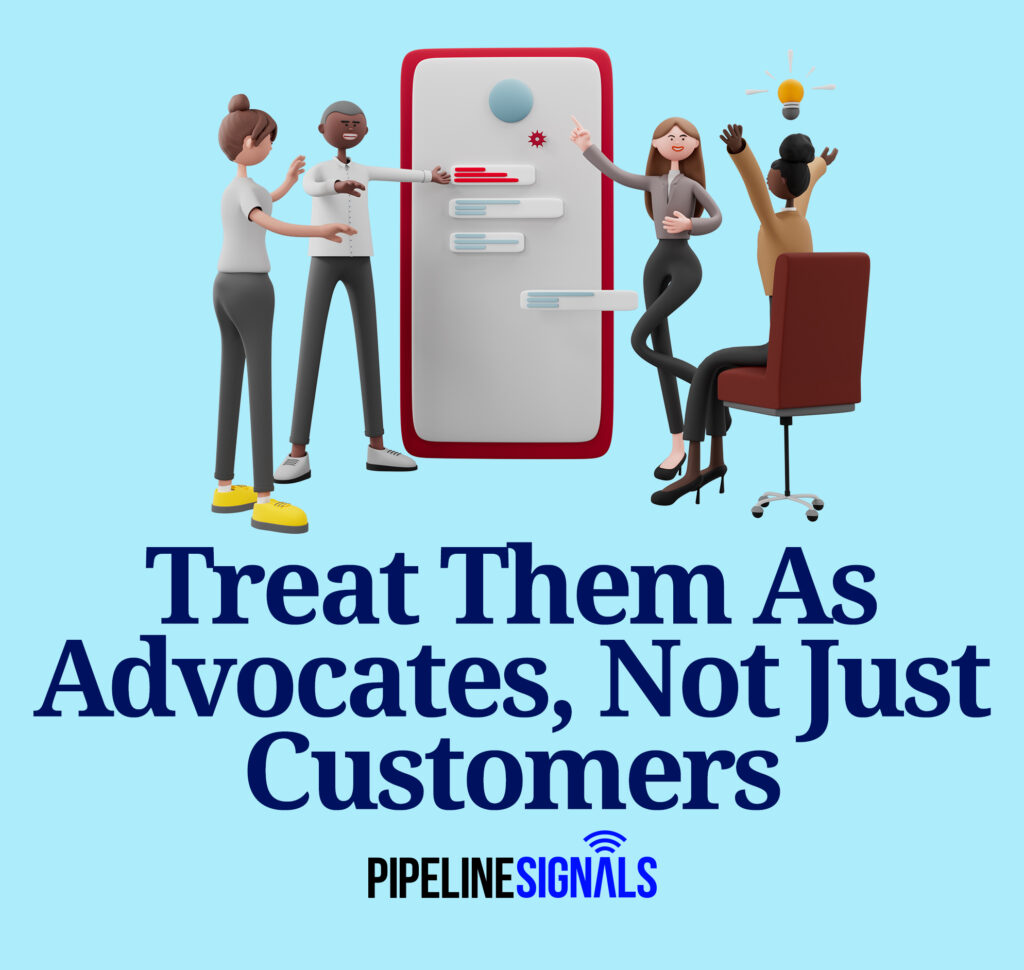Most B2B trust studies focus on technology and solutions provided by the selling organization, but this doesn’t reveal what you need to know. Audiences don’t care what your product does. They care whether it will solve their problem effectively. The real B2B trust gap is between perceptions of your business and what you do.
How You Can Close the Trust Gap


#1: More Transparency, Better Buyer Tools, Shorter Buying Timeline
Many companies are going all-in on B2B tools.
But the problem is that these tools are often too complicated to use and difficult to explain, which puts off potential buyers.
The bottom line is that buyers want transparency.
So how do you do that? An easy way is simply by being honest about your product. Show the buyer what it can do, how it works, and what it costs. Tell them why they need your product and how it will benefit them in the long run. If they want more details or information, they’ll ask for it — but don’t be afraid to give them everything they need up front to make an informed decision right away.
Another way to simplify things is by creating a demo video that shows exactly how your product works in real-life scenarios — and then putting it online so that anyone can see it!
When you’re selling a B2B product, it can be difficult to get prospects to understand the value of what you do.
Take time before every call to understand who you’re talking with, where they are in their buying process, and what they want from your solution. Then tailor your message accordingly — if you’re talking with an executive trying to find ways to increase efficiency in his department, show how your product can help him achieve that goal. If you’re talking with an analyst who wants more information about how your product could improve his department’s processes before deciding, give him details on why your product is suitable for the job.
When potential customers ask questions about how your B2B tool works or what it can do for them, provide specific examples that demonstrate its value based on their unique needs or concerns


#2: Make Customer Proof Work For You
It’s no secret that customers are the lifeblood of any business. But when you’re looking to make a sale, it can be tricky to convince a prospect that you’re the one for the job. So many companies have turned to customer evidence: real-world examples of how their products have helped other customers.
Customer evidence gives buyers a sense of what they can expect from you and your product. It also helps them understand how your product or service has worked for others in similar situations—helping them feel more confident about investing with you.
The idea of customer proof is simple: Leverage the power of your customers’ stories to help drive your sales. But what does it mean for your business? And how can you make customer proof work for you?
Here are some tips:
- Get started with testimonials on your website.
- Add social proof into buyer journeys with live chat and live chat apps.
- Make it easy for customers to share their experiences on social media by making buttons available on your site (and encouraging them!).


#3: Practice a Customer-Centric Strategy
Customer satisfaction is a core part of your sales strategy.
It’s easy to think of customer service as a separate thing from sales, but the truth is that they’re just two sides of the same coin. And if you want to be successful, you need to make sure that both sides of that coin are always working together in harmony.
When it comes to customer satisfaction, two things matter most: closing the feedback loop and measuring results. When you close the feedback loop for your customers by talking to them about what they need and want, then measuring their happiness with your products and services based on those conversations, you can achieve true customer-centricity.


#4: Treat Them As Advocates, Not Just Customers
The sales process can be a little intimidating. It’s not always easy to find the right words, especially when trying to convince someone else that they need what you have.
Fortunately, there are some great resources to help you make the best case for your product.
For example, let’s say you’re selling a new product. What could be better than having customers talk about how much they love the effects after using this product? You could even ask them about their experience if they’ve used other products in the past. This way, you get an idea of how well this product compares with others on the market—and how much it stands out from its competitors!
It’s easy to get caught up in the thought that your customers are great, loyal people who would be happy to recommend you to their friends and family. But the reality is that most of them aren’t ready to do that on their own—they need a little nudge.
As you reshape your sales strategy in the face of the trust gap, look at ways you can actively encourage current customers to become advocates for your company. One way is by asking for testimonials from satisfied customers. In addition to making others aware of your product or service, these testimonials can also help reassure potential customers who are still on the fence about making a purchase decision.


